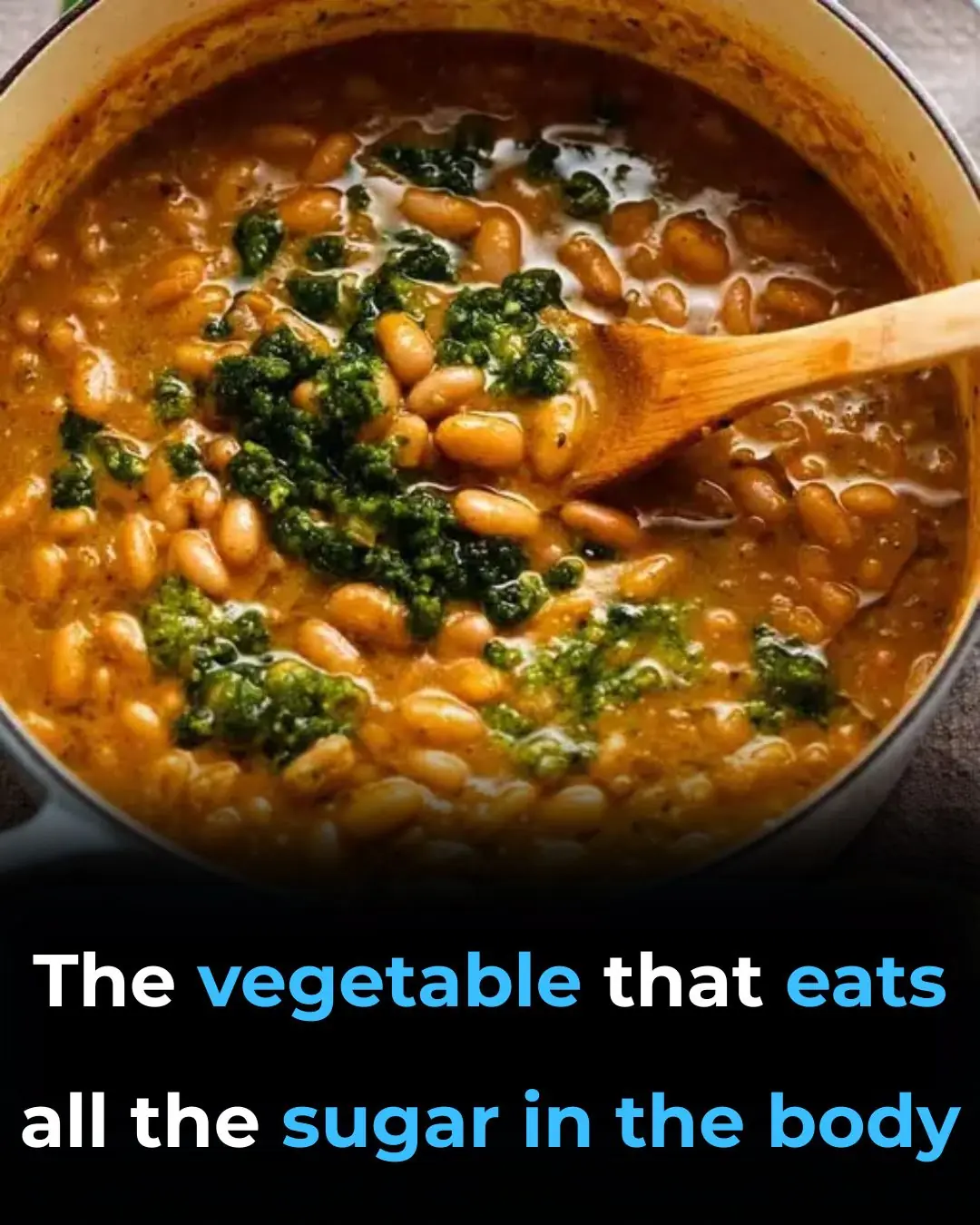
Most Folks Don’t Realize They’re Doing This: 10 Critical Mistakes That Stop Tomatoes from Ripening
Tomatoes are one of the crown jewels of home gardening — vibrant, juicy, and versatile enough to elevate everything from summer salads to homemade sauces. Yet, countless gardeners each year face the same puzzling frustration: perfectly healthy tomato plants loaded with fruit that stubbornly stays green.
While it might seem like nature’s mystery, the truth is far simpler. The failure of tomatoes to ripen usually comes down to a handful of correctable errors. Once you understand what’s really happening — and how to fix it — you can turn those green tomatoes into ripe, red beauties bursting with flavor.
According to horticultural experts at the University of California Agriculture and Natural Resources, tomato ripening depends heavily on environmental conditions like temperature, light, and nutrient balance (UC ANR, 2023). By identifying the common pitfalls below, you’ll be able to guide your plants toward a rich, flavorful harvest.
1. Planting in the Wrong Location
Tomatoes are sun worshippers. One of the most frequent mistakes gardeners make is choosing a planting spot that doesn’t receive enough direct light. Tomatoes need at least 6–8 hours of full sunlight daily to produce the sugars and pigments responsible for ripening. Insufficient light leads to pale, flavorless fruit that lingers green far too long.
Poor air circulation is another often-overlooked factor. Still, humid air encourages fungal diseases that stress the plant and stall ripening. To fix this, ensure your tomato beds have ample spacing, and trim back neighboring plants or overhanging branches.
As Better Homes & Gardens notes, sunlight and airflow are two of the most underrated yet essential ingredients for consistent ripening (BHG, 2024).
2. Overwatering the Plants
Tomatoes like moisture, but they hate being drowned. Overwatering causes soggy soil, suffocating the roots and preventing them from taking up oxygen and nutrients. This not only delays ripening but also invites issues like blossom-end rot — those unsightly black spots that ruin the fruit.
Water deeply but less often, and only when the top inch of soil feels dry. Aim for about 1–1.5 inches per week, including rainfall. Mulching around the base can help retain moisture while preventing extremes in soil temperature.
3. Neglecting Pruning
Many gardeners let their tomato plants grow wild, thinking “more leaves = more energy.” In reality, dense foliage shades the fruit, slowing ripening and encouraging pests. Strategic pruning — especially removing suckers (the small shoots between the main stem and branches) — helps redirect energy from leaf growth into fruit production.
The Royal Horticultural Society (RHS) recommends pruning regularly to maintain good airflow and sun exposure across the canopy (RHS, 2023).
4. Inadequate Sunlight Exposure
Even if your plants are healthy, a lack of consistent light can keep tomatoes green indefinitely. Try repositioning potted plants or trimming back nearby shrubs that cast shade.
A clever gardener’s trick: line the ground beneath the plants with reflective mulch or aluminum foil. This bounces sunlight back up toward the lower branches, creating a brighter, warmer environment for ripening.
5. Poor Soil Quality
Tomatoes thrive in rich, well-draining soil packed with organic matter. Nutrient-deficient or compacted soil will stress the plant, slowing fruit development. Potassium — a key nutrient for ripening — is especially important.
Conduct a soil test early in the season to assess pH and nutrient levels. Incorporate compost, aged manure, or a balanced organic fertilizer. The University of Minnesota Extension emphasizes that soil rich in organic carbon supports healthier microbial life, directly improving ripening speed and fruit taste (UMN Extension, 2023).
6. Incorrect Fertilization
Fertilizer can be a blessing or a curse. Too much nitrogen leads to lush, leafy plants with few ripe fruits — a common rookie mistake. Instead, choose a fertilizer low in nitrogen but higher in phosphorus and potassium (for example, 5-10-10 or 4-6-8 blends).
Avoid overfeeding late in the growing season, as new leafy growth can divert energy away from ripening.
7. Ignoring Pest and Disease Control
Pests like aphids, whiteflies, and hornworms don’t just damage leaves — they drain the plant’s energy reserves, slowing fruit maturation. Fungal diseases such as early blight or powdery mildew can have the same effect.
Inspect your plants weekly. Use natural deterrents like neem oil or insecticidal soap, and introduce beneficial insects such as ladybugs. Crop rotation and removing fallen leaves help minimize disease buildup in the soil.
According to The Guardian Gardening Section, integrated pest management (IPM) is the most effective long-term strategy for healthier, more productive tomato plants (The Guardian, 2024).
8. Planting Too Close Together
Tomatoes need elbow room — about 18–24 inches between plants, depending on the variety. Overcrowding leads to poor airflow, which encourages mold, pests, and competition for sunlight and nutrients.
Spacing your plants properly ensures even ripening and easier maintenance throughout the growing season.
9. Harvesting Too Early
Impatience can ruin a good tomato. Allow fruits to reach their full color on the vine whenever possible. Tomatoes ripen best at around 70–75°F (21–24°C) — picking too soon interrupts this process.
If you must harvest early due to approaching frost or heavy rain, place the tomatoes indoors at room temperature, away from direct sunlight. You can even store them in a paper bag with a ripe banana or apple — the ethylene gas they emit speeds up ripening naturally (BBC Good Food, 2023).
10. Not Providing Proper Support
Tomatoes, especially vining or indeterminate types, need sturdy support. Without stakes, cages, or trellises, heavy fruit can sag onto damp soil, blocking sunlight and encouraging rot.
Tie stems loosely with soft fabric or garden twine to avoid bruising. Proper support keeps fruit elevated, evenly exposed to light, and safe from pests.
11. Following Viral “Hacks” Without Research
From TikTok to gardening forums, viral “quick fixes” are everywhere. Some claim that sprinkling baking soda or Epsom salt will make tomatoes ripen faster — but there’s little scientific backing.
The University of Florida IFAS Extension warns that adding these substances indiscriminately can alter soil pH or cause nutrient imbalances that stunt growth instead of helping it (UF/IFAS, 2024).
Always verify any hack with a credible source or agricultural expert before trying it on your plants. A little research can save you an entire harvest.
🌿 The Takeaway
Getting tomatoes to ripen isn’t magic — it’s about balance. The right mix of sunlight, nutrients, water, and care will turn stubborn green fruit into flavorful red gems. Avoiding these 10 (plus one) common mistakes can transform your garden from frustrating to fruitful.
So, the next time you find yourself staring at a vine full of green tomatoes, remember: small changes lead to big, juicy results.
News in the same category


4 Things You Should Never Keep in the Freezer — They Could Be Dangerously Hazardous
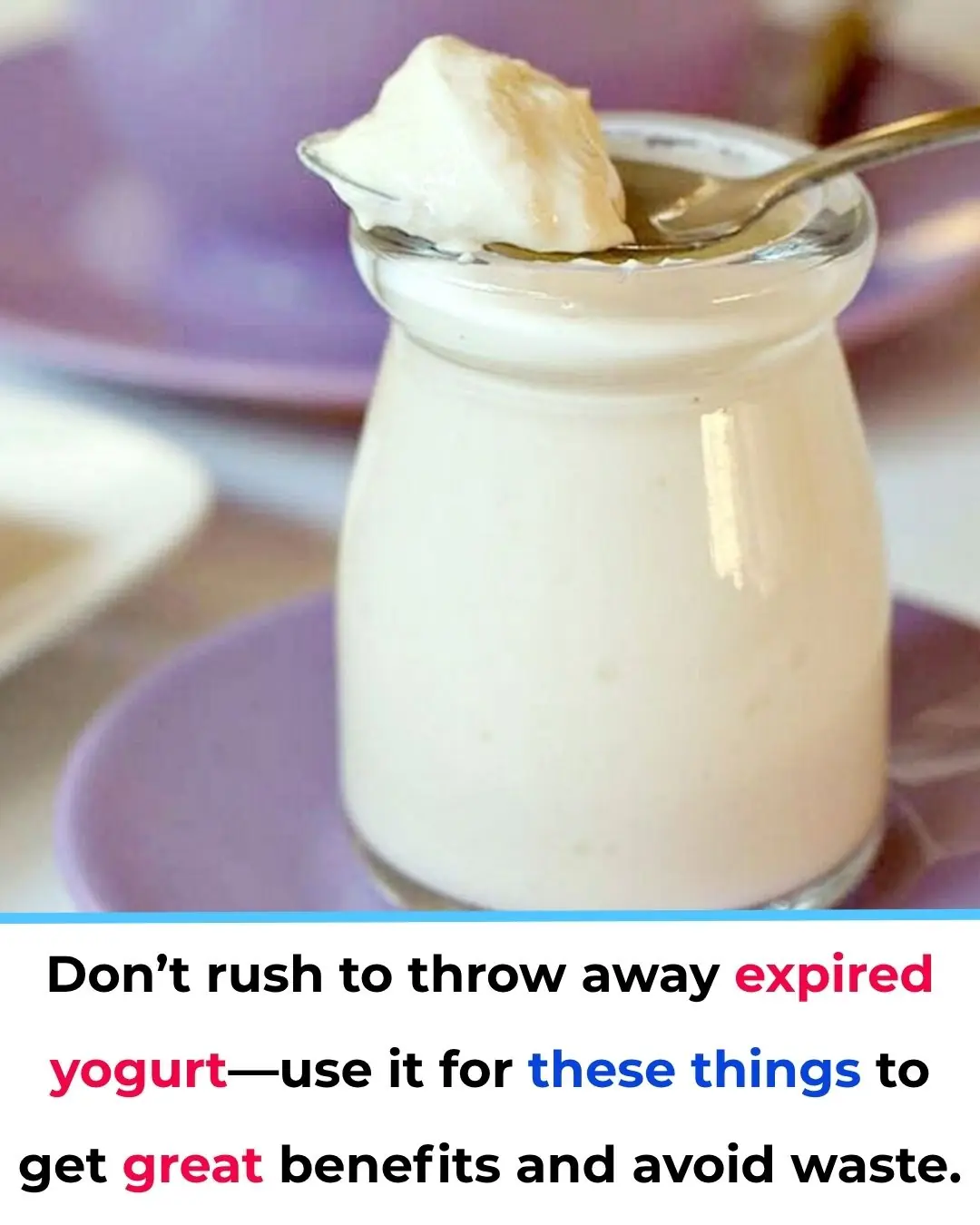
What Can You Do with Expired Yogurt?

Should You Choose Pork with a Dark or Light Color for the Freshest Quality?

‘Why He Grabbing His Arm Like That?’: Denzel Washington Unleashes on Handsy Photographer During Intense On-Camera Confrontation
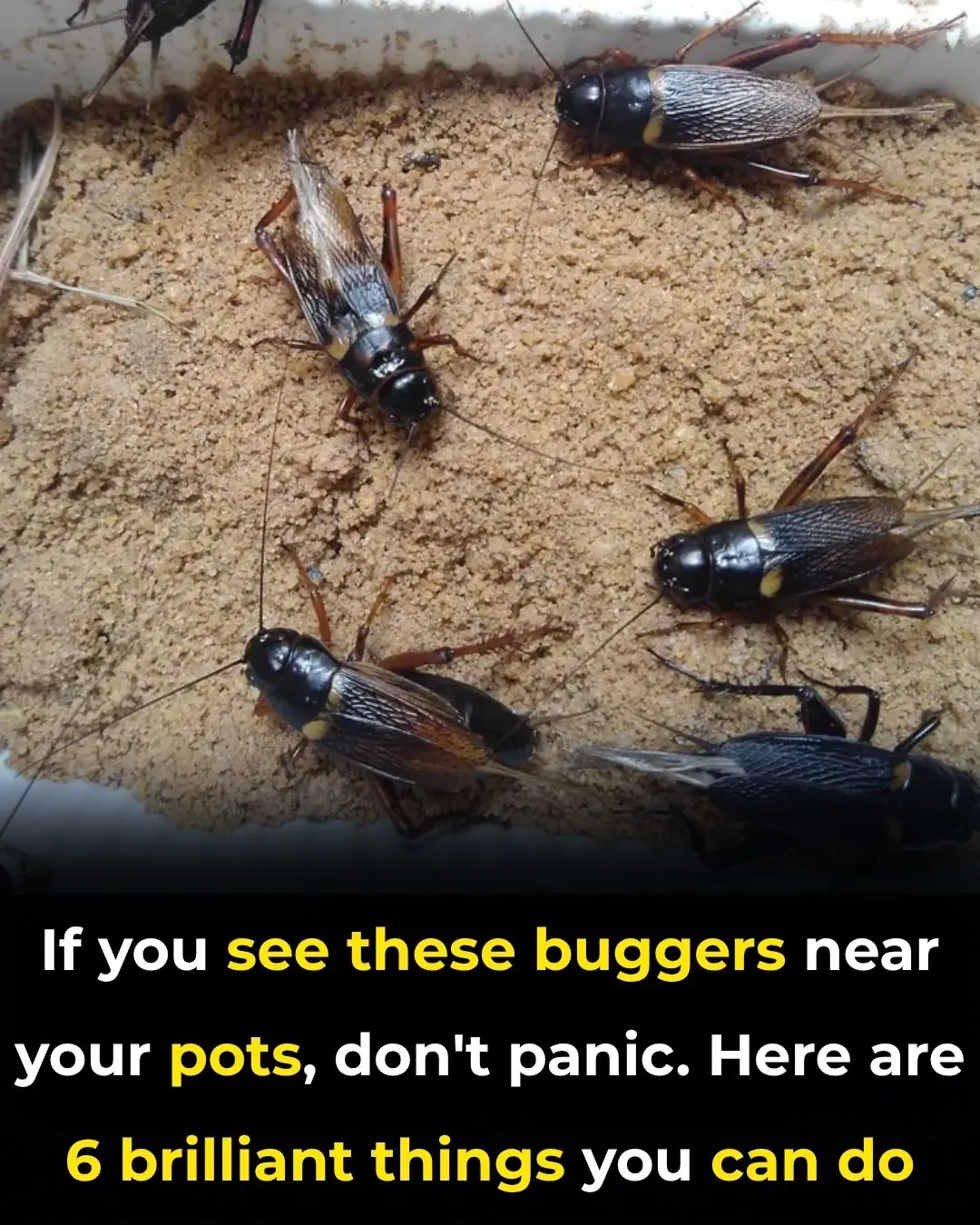
If You See These Buggers Near Your Pots, Don’t Panic — Here Are 6 Brilliant Things You Can Do

Meet 102-Year-Old Eloise Brown, the Philadelphia Eagles Biggest and Longtime Fan

17 Important Quotes About Love From Historical Black Figures

5 Things You Never Knew About The First Black Film Star Nominated For Academy Award For Best Actress
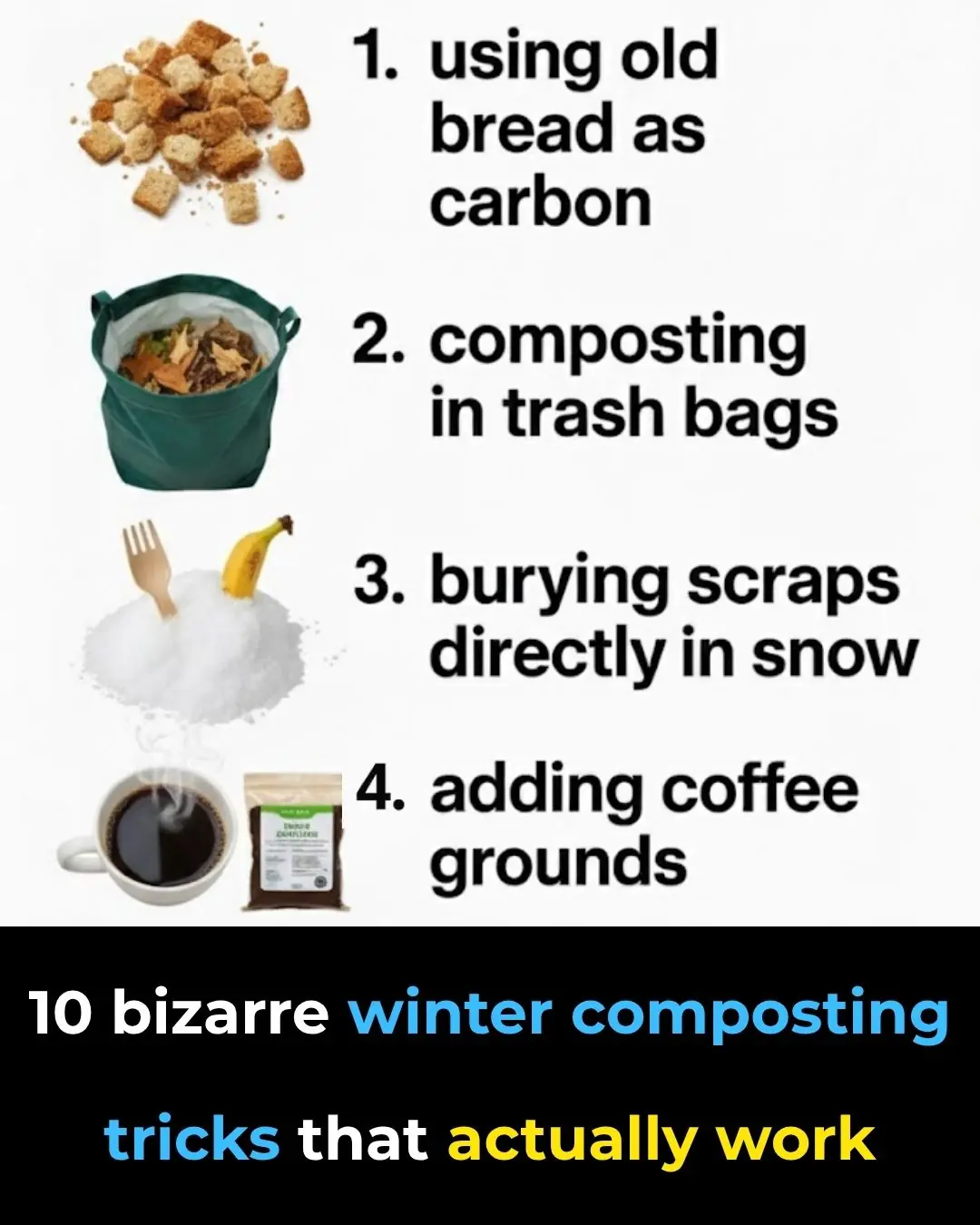
10 (Plus One) Unusual Winter Composting Hacks That Really Work
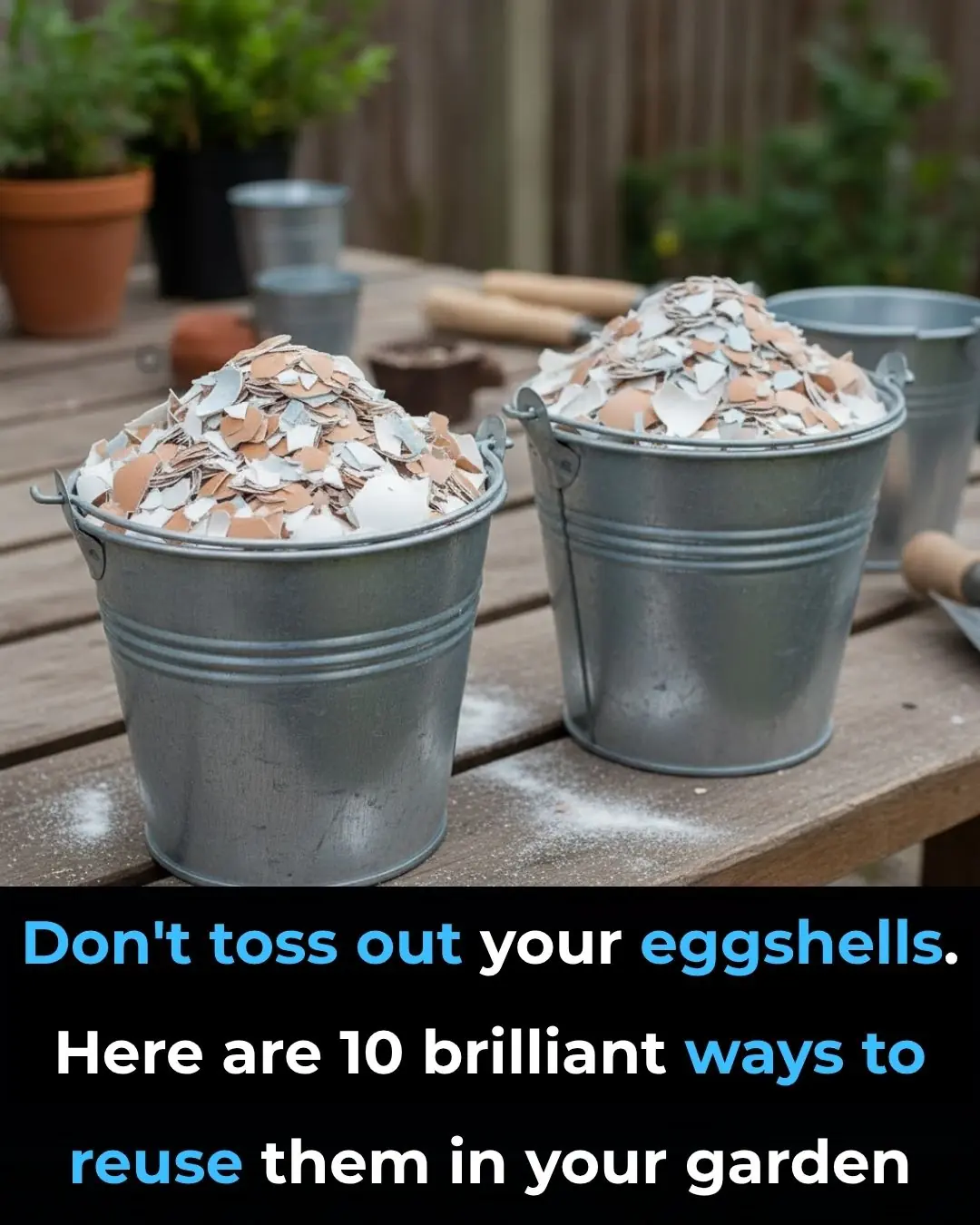
Don’t Toss Out Your Eggshells: 10 Brilliant, Science-Backed Ways to Reuse Them in Your Garden

Jackson 5 Child Actor, Floyd Roger Myers Jr, has joined the ancestors

Fisk Gymnast Morgan Price Earns Highest-Ever Score for an HBCU Gymnast

8-Year-Old Hosts Food Drive To Feed 150 Families on His Birthday

Elon Musk enables groundbreaking feature to UK phones that will connect millions

NASA issues official statement to Kim Kardashian after reality star made shocking claim about space agency

People call on government to intervene after Elon Musk posts worrying tweet

Nvidia signs $500,000,000,000 deal that could transform the US energy sector
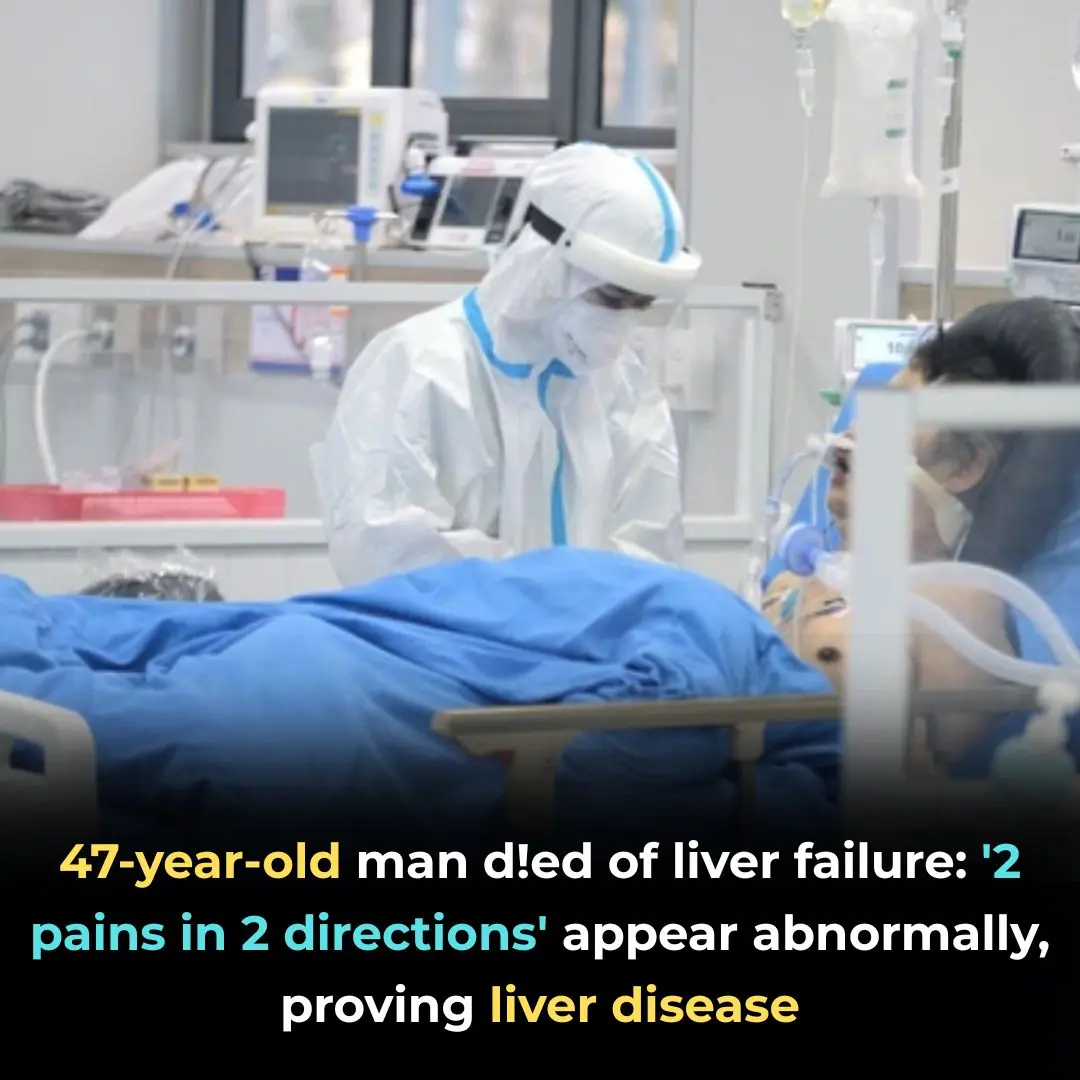
47-Year-Old Man Dies from Liver Failure: “Two Types of Pain, Two Types of Itching” Warn of Serious Liver Disease
News Post
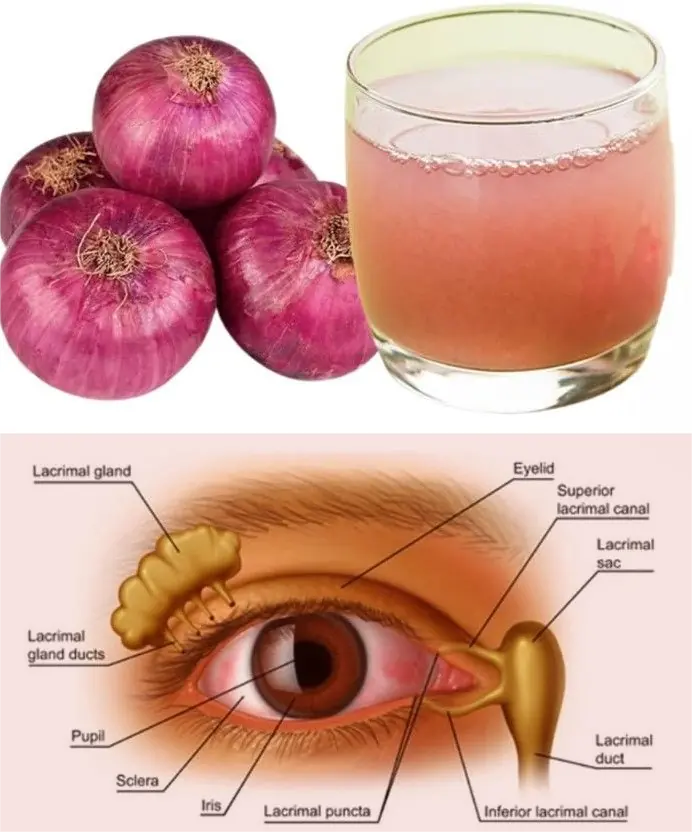
Can Onion Juice Gently Support Eye Health? A Natural Tip to Try

Bed Bugs Hate This! How Diatomaceous Earth and Cloves Can Wipe Them Out

These are the consequences of sleeping with the…
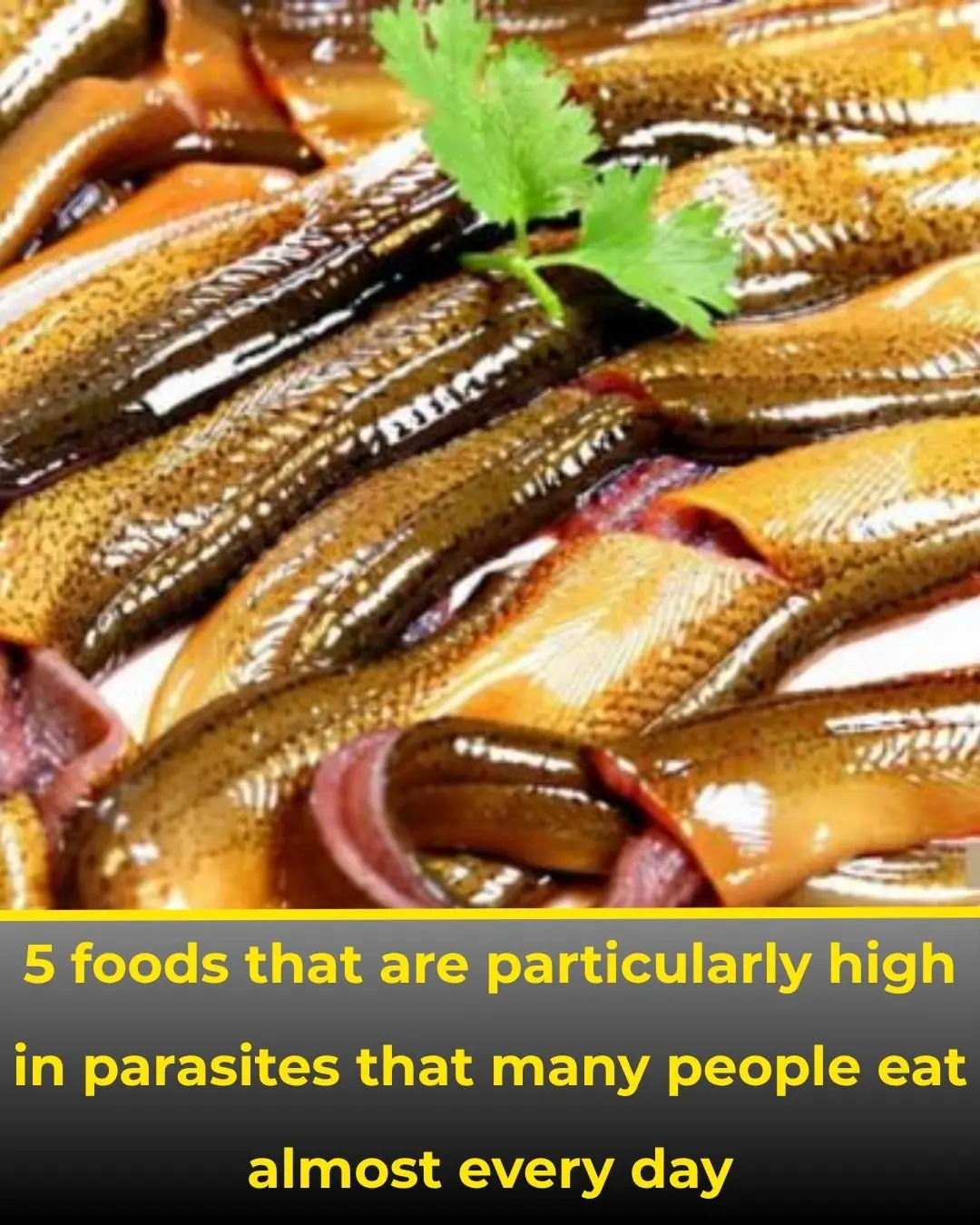
5 Common Foods That Often Contain Parasites — Many People Eat Them Daily
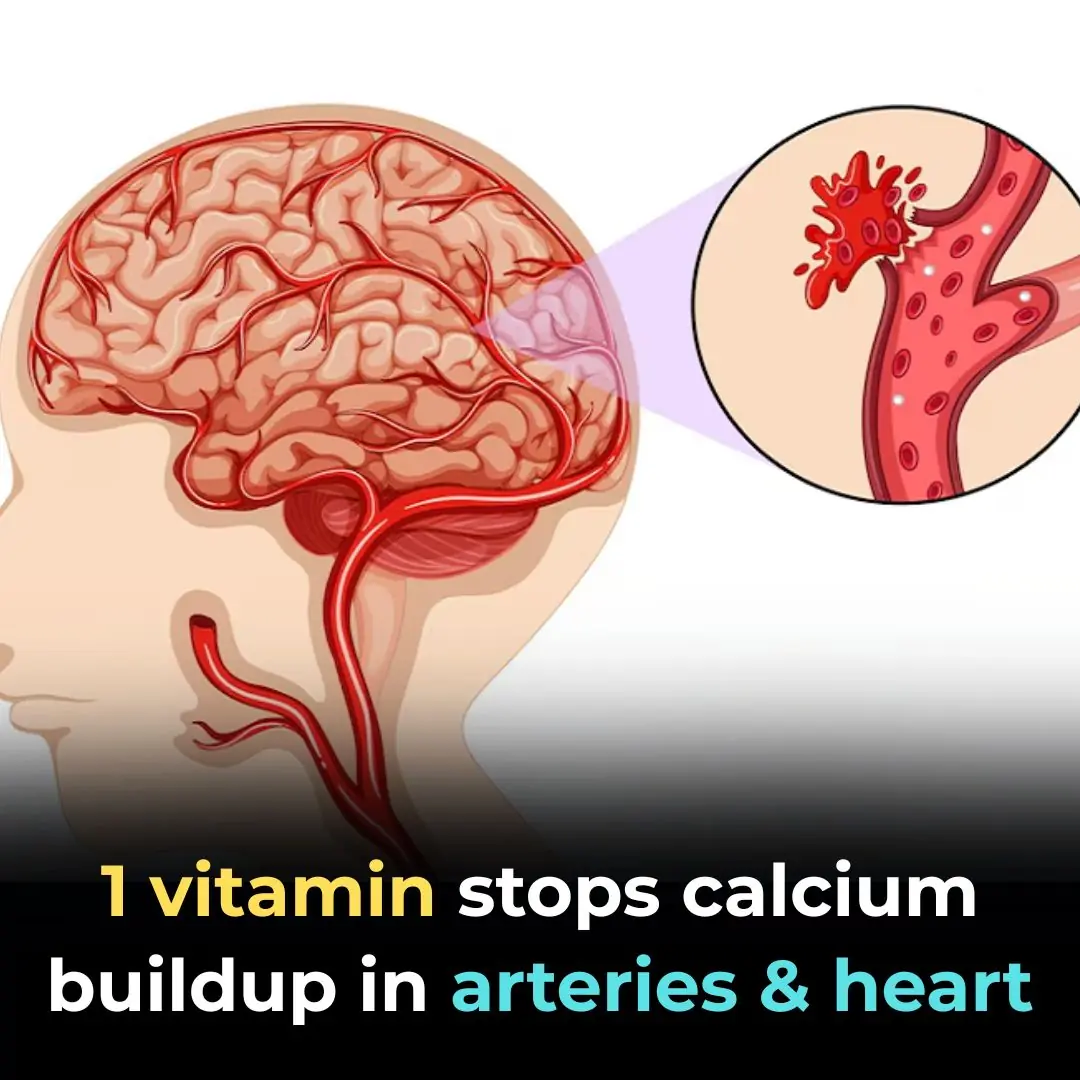
1 Vitamin Stops Calcium Buildup in Arteries and Heart
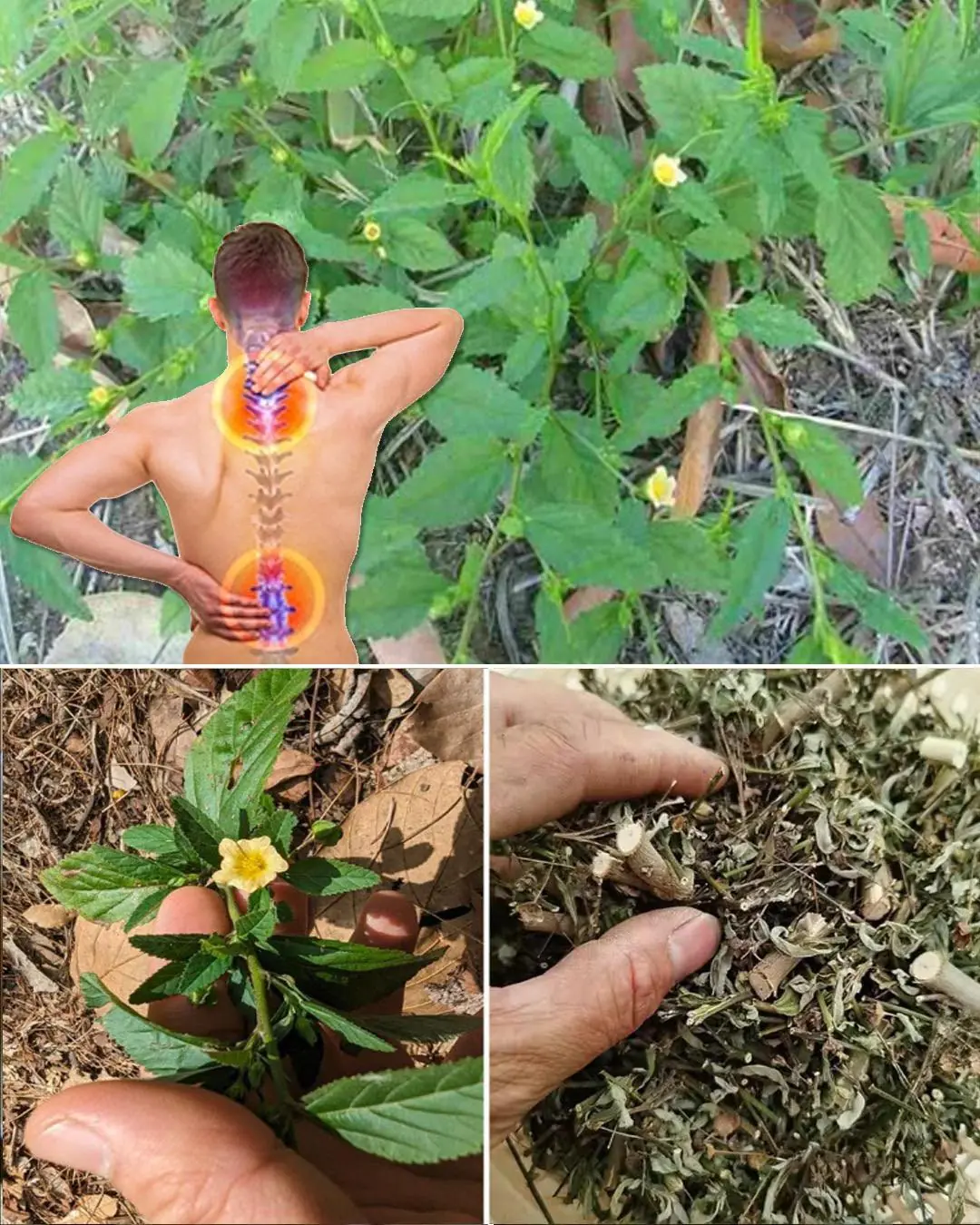
S:ida Acuta: Exploring the Healing Properties of this Herbal Remedy

DIY Flaxseed Collagen Night Gel for Hydration and Rejuvenation

10-Day Licorice Treatment for Dark Spots: Fade Pigmentation and Achieve Glowing Skin Naturally

Easy Recipe to Make ABC Collagen Ice Cubes at Home: The Secret to Glowing, Firm Skin
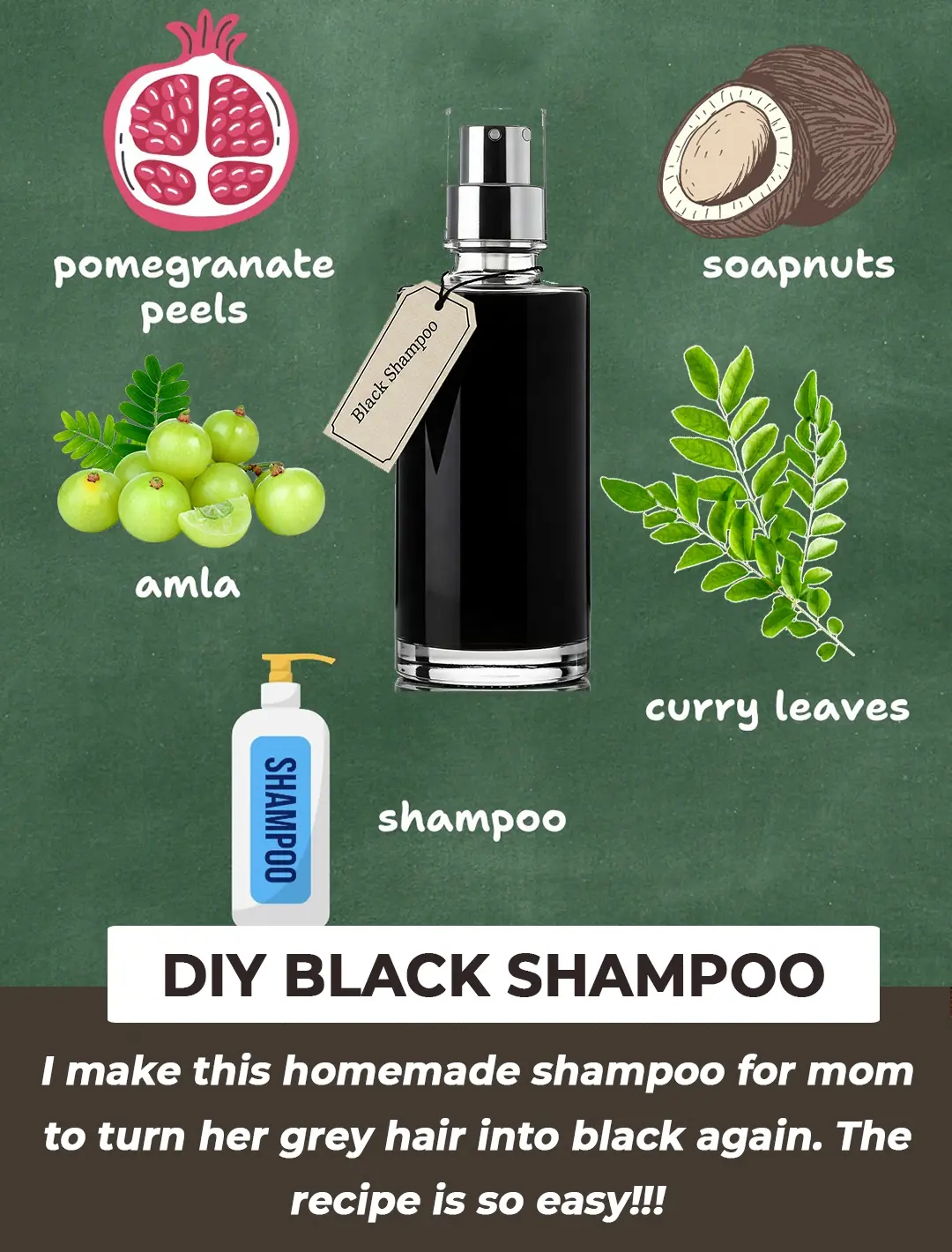
2 Mins Black Shampoo For Grey Hair

Why this doctor refuses to prescribe statins for high cholesterol

The 'divine' secret to frying

Why do we have to leave our phone face down on the table when we are not using it?

Hanging a towel on the door handle before bed: Unexpected benefits but few people know

Tips for conditioning your hair with over-cooked bamboo shoots
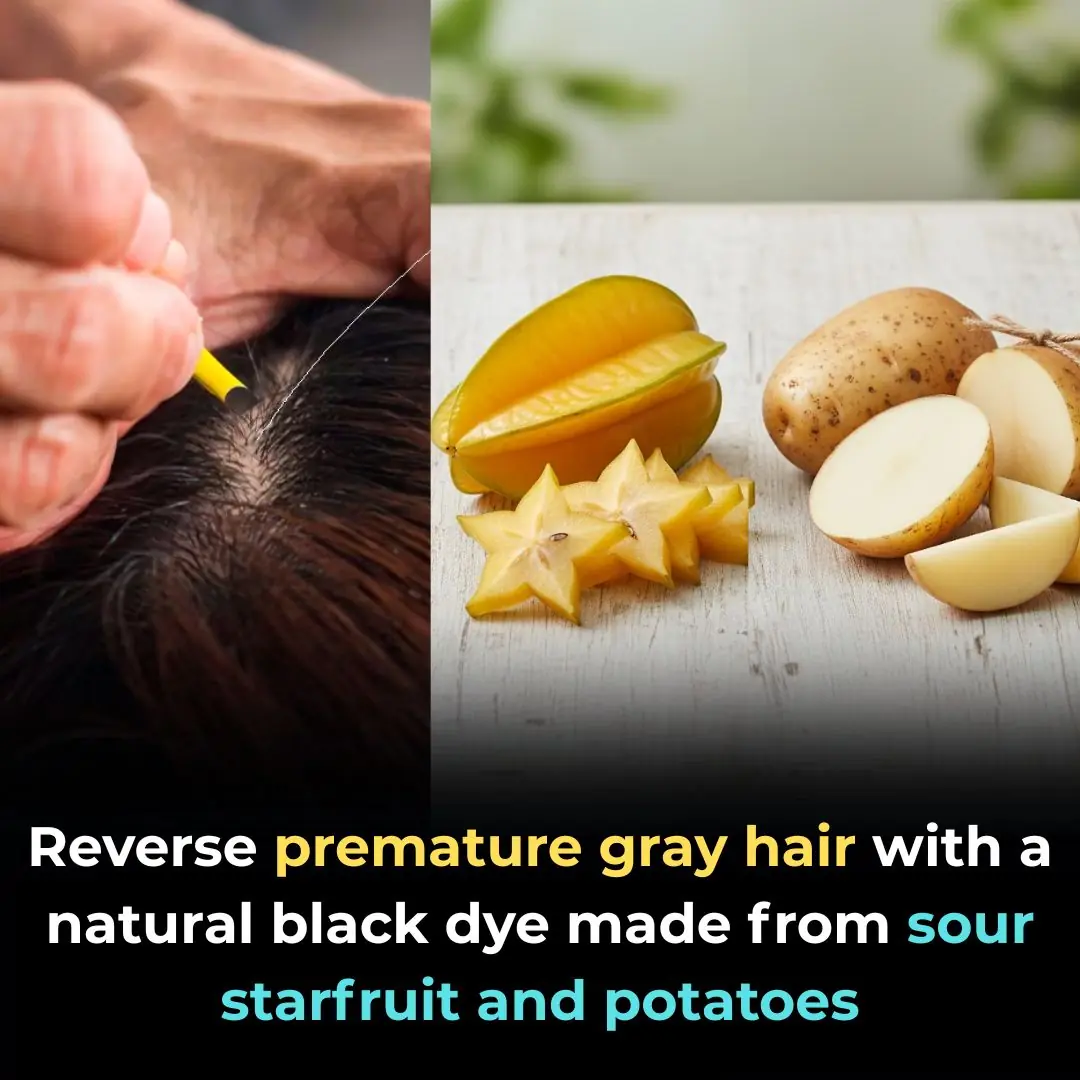
Treat premature gray hair thanks to the black dye formula
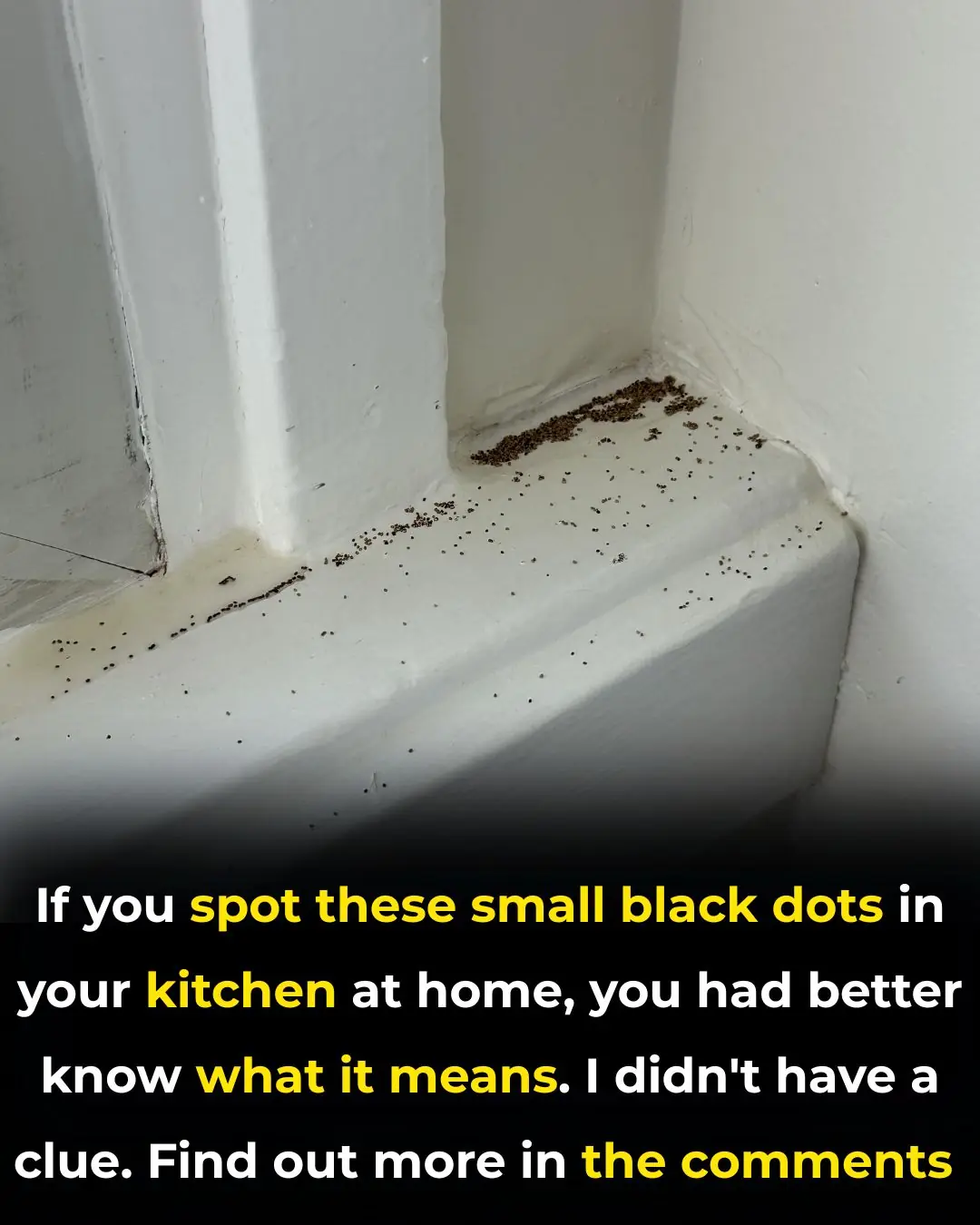
What Are These Strange Black Dots In Your Kitchen

Magic Eraser can be used for almost anything, but here's what you didn't know
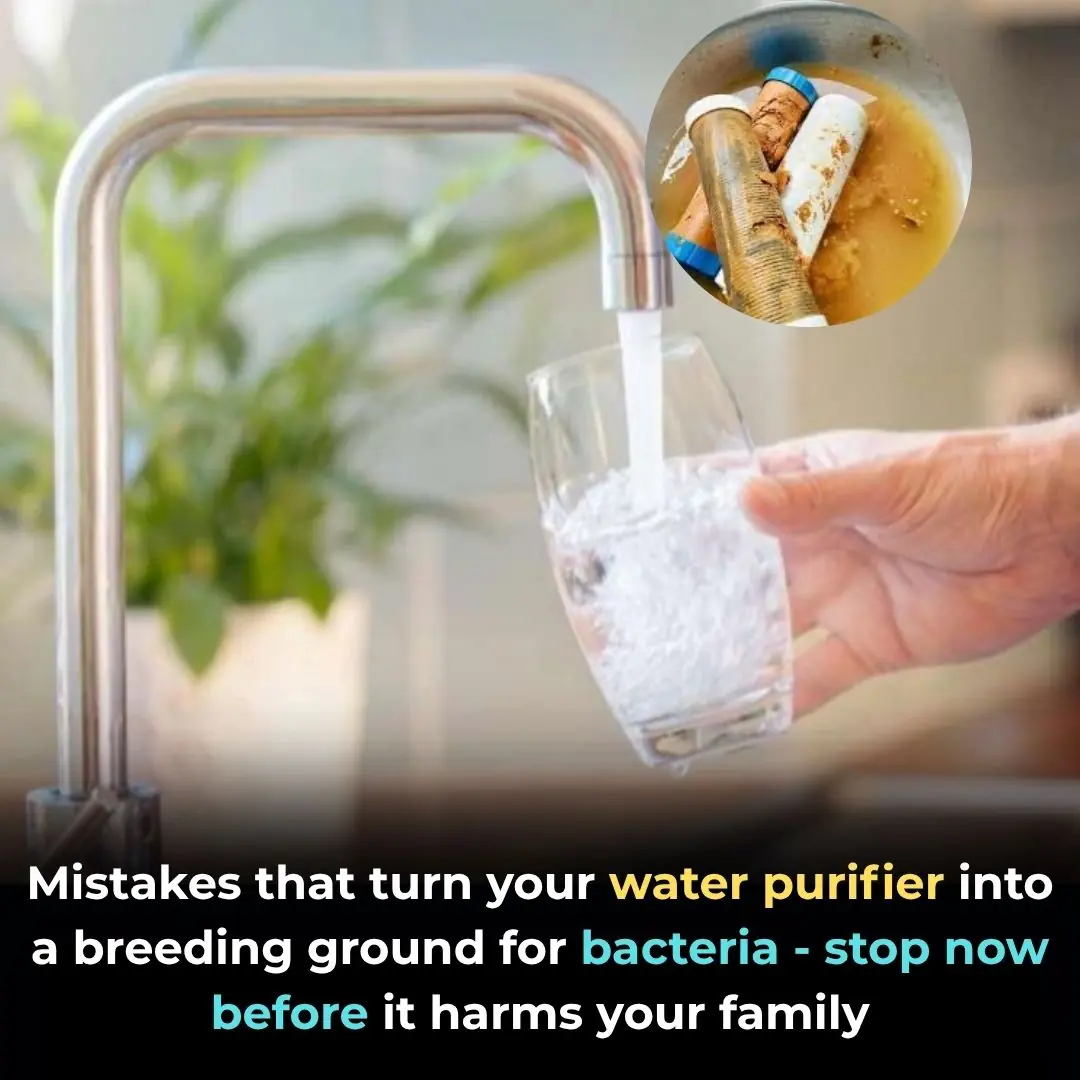
Wrong understanding turns water purifiers into diseases, remove them immediately to avoid harming the whole family
